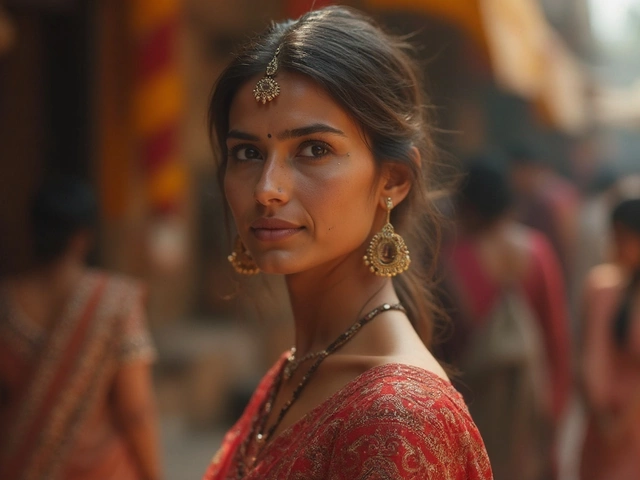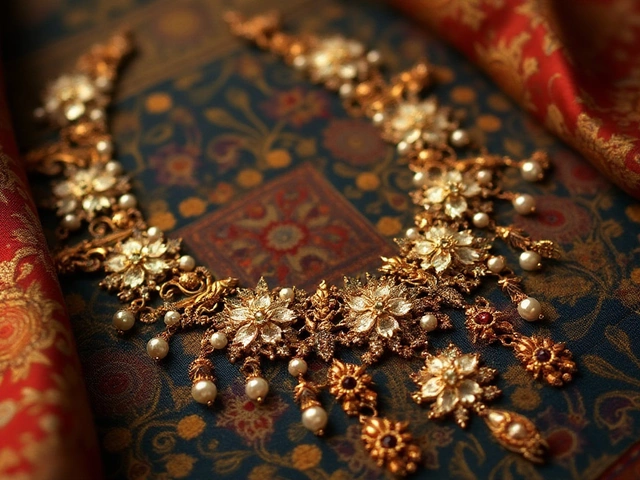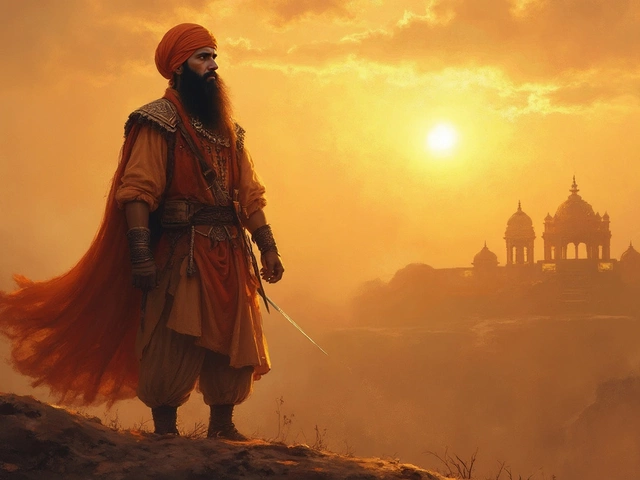Indian Textiles – What Makes Them So Special?
If you’ve ever wondered why Indian clothes feel different, the answer lies in the textiles. From hot summer cottons to cool silk saris, each fabric carries a story. In this guide we’ll break down the most popular fabrics, tell you where to find them, and give quick tips on picking the right one for your occasion.
Everyday Fabrics: Comfort Meets Climate
India’s weather changes fast – scorching heat in summer, damp monsoons, and chilly evenings in the north. That’s why cotton remains the go‑to material. It’s breathable, absorbs sweat, and comes in everything from plain hand‑loom weaves to bright printed patterns. If you need something even lighter, bamboo‑cotton blends are catching on; they feel silky and stay cool.
When the temperature dips, silk steps in. Traditional silk saris, especially those from Banarasi and Kanjivaram weavers, keep you warm while looking regal. The natural sheen means you don’t need extra embellishments for a festive look.
Hand‑Embroidered Traditions: Kantha, Sujni & Beyond
Beyond plain fabrics, Indian textiles shine through their embroidery. Kantha from West Bengal uses simple running stitches to patch together old cloth, creating a cozy, textured quilt. If you spot a subtle diagonal stitch pattern on a saree or dupatta, that’s likely Kantha.
Sujni embroidery, popular in Uttar Pradesh, works with white thread on dark cotton. The contrast makes the floral motifs pop, perfect for winter shawls. Knowing the difference helps you pick a piece that matches your style – Kantha for a rustic vibe, Sujni for elegant contrast.
Another regional favorite is Nakshi Kantha, which adds intricate geometric designs. It’s not just decoration; each stitch tells a family story passed down generations.
When you shop, ask the seller about the stitch type. Authentic hand‑embroidered pieces will have slight variations, a sign they’re truly handmade.
Luxury Fabrics: Silk, Pashmina & Rare Handlooms
If you’re after something high‑end, look at silk and Pashmina. Silk’s price varies: raw silk is affordable, while mulberry silk and Tussar silk command higher rates. Pashmina, made from fine cashmere wool, is soft enough to feel like a cloud, but it comes with a steep price tag.
Rare handloom fabrics like Khadi, created by Mahatma Gandhi’s movement, are now considered eco‑friendly fashion. They’re hand‑spun, low‑impact, and support rural artisans. Buying Khadi not only adds a unique texture to your wardrobe but also helps sustain traditional weaving communities.
Practical Tips for Choosing Indian Textiles
1. Know the occasion. Light cotton works for daily wear, silk for weddings, and embroidered pieces for festivals.
2. Check the weave. Hand‑loom fabrics have uneven threads – that’s normal. Machine‑woven fabrics look uniform.
3. Feel the fabric. Run your fingers over the surface; a smooth silk should glide, while a quality cotton feels soft but sturdy.
4. Ask about care. Most cotton can be machine‑washed, but silk and embroidered pieces often need hand wash or dry clean.
5. Verify authenticity. Look for a label or hallmarked tag. Genuine hand‑embroidered items usually have a small maker’s stamp.
Indian textiles blend comfort, culture, and craftsmanship. Whether you’re buying a simple cotton kurta or a richly embroidered wedding dupatta, the right fabric can make you feel connected to a tradition that’s thousands of years old. Explore the options, touch the fabrics, and pick what feels right for you – that’s the true spirit of Indian textiles.
Discover the Fashion Capital of India: Exploring Clothing Cities
India is renowned for its rich and diverse textile industry, with certain cities standing out as epicenters of fashion and clothing. Among these, places like Mumbai, Delhi, Jaipur, and Kolkata are especially significant. Each city brings its unique flair to the textiles and fashion industry, influenced by its cultural heritage and modern innovations. Understanding these cities’ contributions offers insights into the colorful world of Indian fashion.





